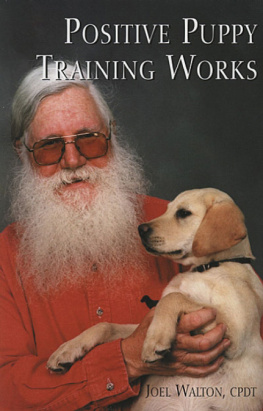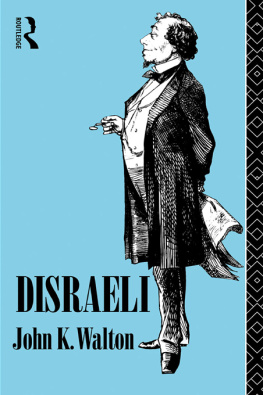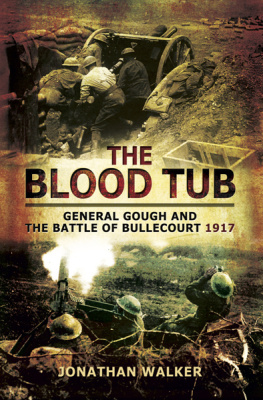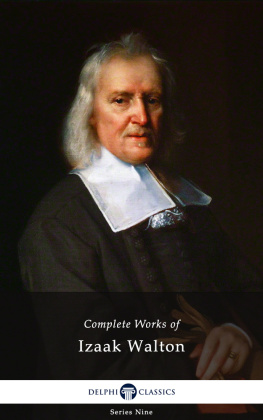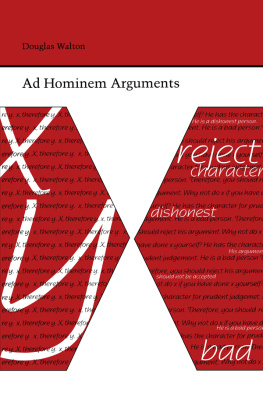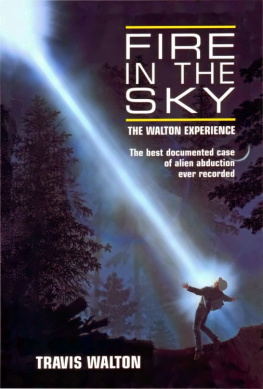This edition is published by PICKLE PARTNERS PUBLISHINGwww.picklepartnerspublishing.com
To join our mailing list for new titles or for issues with our books picklepublishing@gmail.com
Or on Facebook
Text originally published in 2011 under the same title.
Pickle Partners Publishing 2015, all rights reserved. No part of this publication may be reproduced, stored in a retrieval system or transmitted by any means, electrical, mechanical or otherwise without the written permission of the copyright holder.
Publishers Note
Although in most cases we have retained the Authors original spelling and grammar to authentically reproduce the work of the Author and the original intent of such material, some additional notes and clarifications have been added for the modern readers benefit.
We have also made every effort to include all maps and illustrations of the original edition the limitations of formatting do not allow of including larger maps, we will upload as many of these maps as possible.
GENERAL WALTON H. WALKER: A TALENT FOR TRAINING
By
MAJ Adam W. Hilburgh, United States Army
ABSTRACT
A study of General Walton H. Walkers career offers a lens through which to view the evolution of Army training doctrine, revealing its strengths and weaknesses over a period of nearly four decades. However, an understanding of the skills necessary to train units for combat cannot consist solely of a review of training doctrine. General Walkers career provides valuable insights into the real-world challenges a leader experienced training an Army unit, both in war and in peacetime. The resource constraints, political realities, and physical hardships that make Army training so difficult to accomplish with skill and foresight cannot be gleaned from classroom lectures or the pages of a journal or doctrinal publication. Further, an analysis of the breakout and pursuit Walkers XX Corps executed in Normandy, and later the performance of the Eighth Army during the first weeks of combat in Korea, reveal how General Walker applied contemporary training principles to develop combat formations that performed exceptionally well in combat. Finally, a review of current training principles demonstrates that Walker emphasized the same principles throughout his career that retain primacy in todays Army. This reveals Walkers lasting legacy: in addition to performing among the best of the Armys commanders in combat, Walker set himself apart as one of the leading trainers in U.S. Army history.
INTRODUCTION
The current U.S. Army Field Manual (FM) 7-0: Training Units and Developing Leaders for Full Spectrum Operations, February 2011, provides the framework within which leaders train their units for full spectrum operations in an era of persistent conflict. {1} While FM 7-0 provides Commanders eleven principles of training, tailored to todays operational environment, the use of those principles remains fundamentally unchanged from previous versions of the field manual. One U.S. Army officer whose career aptly demonstrates this continuity in the fundamentals of training is General Walton H. Walker. During his years in command, Walker established a reputation as a master trainer, amassing a wealth of training experience unequaled in the U.S. Army. {2} His emphasis on realistic training under combat conditions, with leaders involved throughout the process, resulted in the development of combat formations that performed successfully in combat, and training methods that served as a precursor to the doctrine we use today.
Few outside military circles know General Walkers name or recognize his contributions to our nations defense. He spent thirty-eight years in active service with his career cut short by a vehicle accident in Korea on December 23, 1950. {3} Throughout his long career, Walker made training his primary responsibility. He commanded the Desert Training Center from September 1942 to March 1943, the Armys largest training center during World War II, and upon appointment to corps command on September 5, 1942, he trained his unit for twenty-three months prior to its deployment to Europe. {4} His XX Corps, widely known as the Ghost Corps, spearheaded Third Armys drive across France, into Germany and Austria. {5} With his reputation established as one of the Armys premier trainers, the War Department appointed Walker to command Eighth Army in September 1948 as it began the transition from an occupation force to a combat unit. As the Eighth Army commander during the Korean War, Walker led a brilliant and generally unacknowledged defense of the Pusan Perimeter, followed by a highly successful breakout operation. General Walkers success as a senior commander in two major wars rested on a foundation of high quality, demanding training. His emphasis on training and the results it helped him achieve remain as relevant to the leaders of todays Army as those of the past.
The current FM 7-0 spells out the need to conduct tough, realistic, standard-based, performance-oriented training whether a unit is at home station, deployed, or at a maneuver training center. {6} The field manual provides eleven overarching training principles: commanders and other leaders are responsible for training; non-commissioned officers train individuals, crews, and small teams; train as you will fight; train while operating; train fundamentals first; train to develop operational adaptability; understand the operational environment; train to sustain; train to maintain; and conduct multi-echelon and concurrent training. {7} Each of these principles contains associated tenets to guide the commanders planning, preparation, execution, and assessment of training. {8}
The principles of training current in 2011 are rooted in the Armys earliest doctrine, Training Regulations (TR) No. 10-5, Doctrines, Principles, and Methods , 23 December 1921. Although published almost ninety years ago, this document provides a foundation just as relevant to the training modern leaders conduct as the training General Walker both led and participated in early in his career. However, analysis of the evolution of U.S. Army training cannot consist solely of a review of doctrine. General Walkers career provides valuable insights into the challenges a leader experienced training an Army unit, both in war and in peacetime.
The 1921 manual evolved in keeping with the professional discourse by veterans of World War I; however, various challengesfiscal, personnel, and equipment in particularplagued the Army. These issues significantly degraded training quality when the Army did not benefit from wartime manning and budgets. {9} Wars forged leaders like Walker, who possessed the expertise to prepare soldiers and units for combat. However, in war, unlike in peacetime, time constraints served as the limiting factor. Doctrine provided a starting point, but as in all armies, leadership served as the primary catalyst for focused training that led to wartime success.




